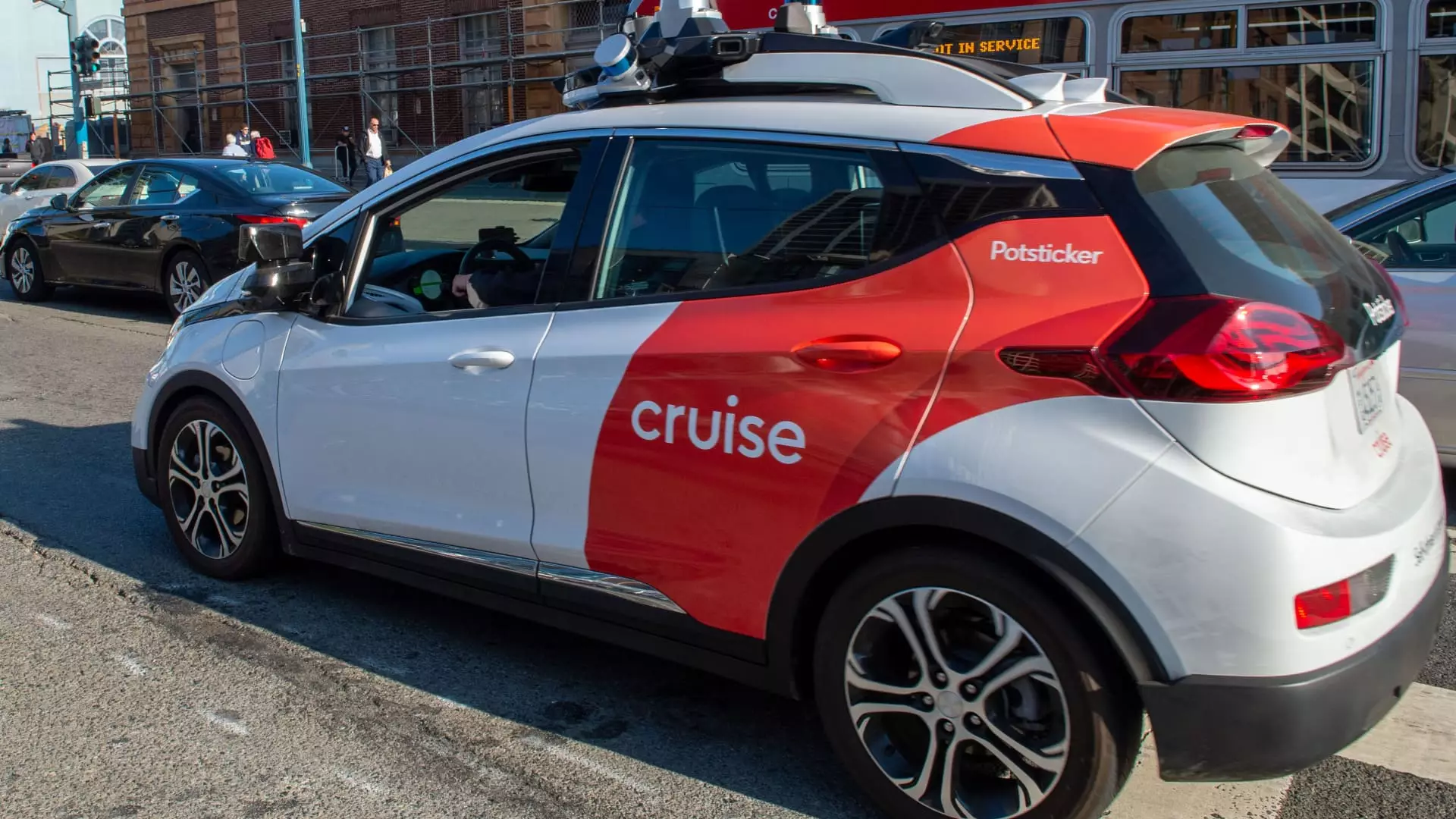General Motors (GM) has decided to significantly cut its workforce at its Cruise robotaxi division, laying off about half of its employees, a decision that reflects the company’s strategic pivot away from autonomous ride-hailing towards a focus on personal autonomous vehicles. This announcement comes a mere two months after GM declared a halt to funding for Cruise, following an eye-watering investment of over $10 billion since its acquisition of the self-driving car venture in 2016. The company’s shift in direction raises questions about the future of autonomous vehicle technology, as well as the viability of the Cruise brand amid increasing competition in the field.
In a statement shared with employees, Cruise acknowledged the layoffs, attributing them to the shift in strategy that was outlined in an internal memo from Craig Glidden, president and chief administrative officer of Cruise. He emphasized that the decision to reduce staffing is tied closely to the company’s move away from the robotaxi market and the internal restructuring necessary to focus on providing autonomous vehicles to GM customers. The layoffs, which affect nearly 1,150 employees from a workforce of approximately 2,300, underscore the growing urgency for companies in the autonomous vehicle space to adapt quickly to market realities.
Other troubling factors surround Cruise’s recent cuts. The company had faced intense scrutiny following an accident in October 2023, which resulted in significant media attention and regulatory inquiries. Probes revealed that Cruise had potentially misled regulators about its operations, raising serious concerns about the firm’s operational integrity and corporate governance. Findings from an external investigation launched in January 2024 pointed to cultural issues and ineffective leadership, both of which were cited as contributors to a series of regulatory lapses that have plagued the company.
This incident not only tarnished Cruise’s reputation but also raised doubts about its future as a leader in autonomous technology. Previously regarded in the same league as well-funded competitors like Waymo, Cruise’s credibility took a hit, leading to broader implications for how it communicates with regulators and positions itself in the market. The fallout from the 2023 incident highlighted the risks that autonomous vehicle companies face in ensuring safety while also managing public perception and regulatory compliance.
As part of the layoffs, Cruise has stated that remaining employees will receive severance packages and transition support, including eight weeks of pay along with additional compensation based on tenure. Although this decision is undoubtedly difficult for affected employees, it reflects a conscious effort by Cruise to offer some level of support during this challenging time. By allowing a 60-day notice period and ensuring employees receive full base pay until then, Cruise is attempting to cushion the blow of this significant workforce reduction.
However, the morale of employees who remain may also be impacted in the near term, as there’s an underlying uncertainty associated with the company’s evolving strategic direction. The exit of several high-ranking executives, including Marc Whitten, the CEO, raises additional concerns about the company’s leadership stability as it attempts to recalibrate its mission in an ever-changing market.
As GM shifts its focus towards perfection in personal autonomous vehicles, the future of Cruise remains uncertain. The ambition to innovate within the autonomous space is commendable, but will likely require a combination of strong leadership, a revamped company culture, and a clear focus on safety and regulatory compliance. With competition continually increasing and regulatory pressures steady, GM’s approach to Cruise will need to be both strategic and adaptive.
The layoffs at Cruise signal a watershed moment for GM and its autonomous ambitions. While the market for self-driving technology remains promising, the need for companies like Cruise to clearly define their business models, enhance their governance practices, and maintain open lines of communication with regulators is paramount. The coming months will be critical in determining whether Cruise can pivot effectively while learning from past missteps and refocusing its future on personal autonomy.


Leave a Reply